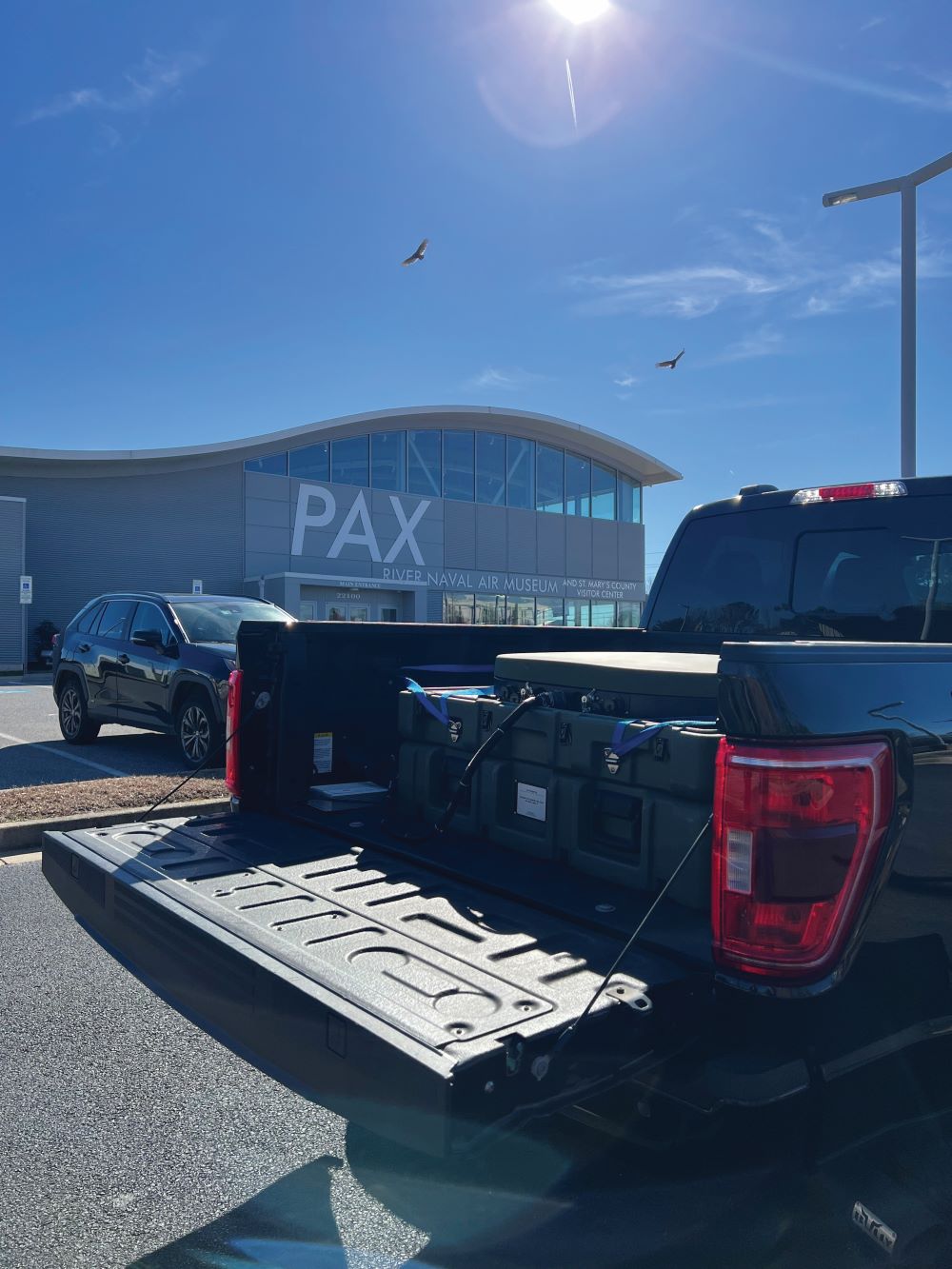Updated 4:30 p.m. Eastern Nov. 16 with revised launch date.
HAMBURG, Germany — SpaceX received the final regulatory approvals Nov. 15 that allow the company to proceed with the second integrated Starship/Super Heavy launch, scheduled for as soon as the morning of Nov. 18.
The Federal Aviation Administration announced Nov. 15 that it had issued SpaceX an updated launch license for the vehicle. “The FAA determined SpaceX met all safety, environmental, policy and financial responsibility requirements,” the FAA said in a statement.
The final step in securing a license was a completion of an environmental review by the U.S. Fish and Wildlife Service (FWS) of upgrades to the Starship launch pad at Boca Chica, Texas, notably the addition of a water deluge system. That system is intended to reduce the potential for pad damage seen in the first Starship launch in April.
FWS, in a statement earlier in the day, said that it had finalized its review “and concluded our formal consultation with the FAA.” That review formally started Oct. 19 and the agency said then it could take up to 135 days to complete but that it did not “expect to take the full amount of time.”
The review found no significant environmental changes caused by that deluge system as well as other adjustments, such as an enlarged area searched for any cultural artifacts. It concluded the findings of the original review “are still substantially valid and pertinent conditions and requirements of the prior analysis and approval have been, or will be, met in the current action.”
SpaceX had said that it was planning a launch no earlier than Nov. 17, pending regulatory approvals. The company confirmed those plans after the FAA announcement, stating that liftoff was scheduled for a two-hour window that opens at 8 a.m. Eastern. However, the company said Nov. 16 it was delaying the launch one day to Nov. 18 to repair a fin actuator on the vehicle. The new launch window, opens at 8 a.m. Eastern for 20 minutes.
The mission is called Orbital Flight Test 2 in the FAA license, although, as with the first launch, Starship is not designed to complete a full orbit. The spacecraft will instead splash down off the coast of Hawaii about 90 minutes after liftoff, if the flight goes as planned.
The first flight, of course, did not follow that plan, and the vehicle was destroyed by its flight termination system about four minutes after liftoff once a series of engine failures led to a loss of control. SpaceX Chief Executive Elon Musk said in June that the company made “well over a thousand” changes to Starship/Super Heavy based on lessons from the first launch and other desired upgrades. He estimated then a 60% chance of a successful flight.



